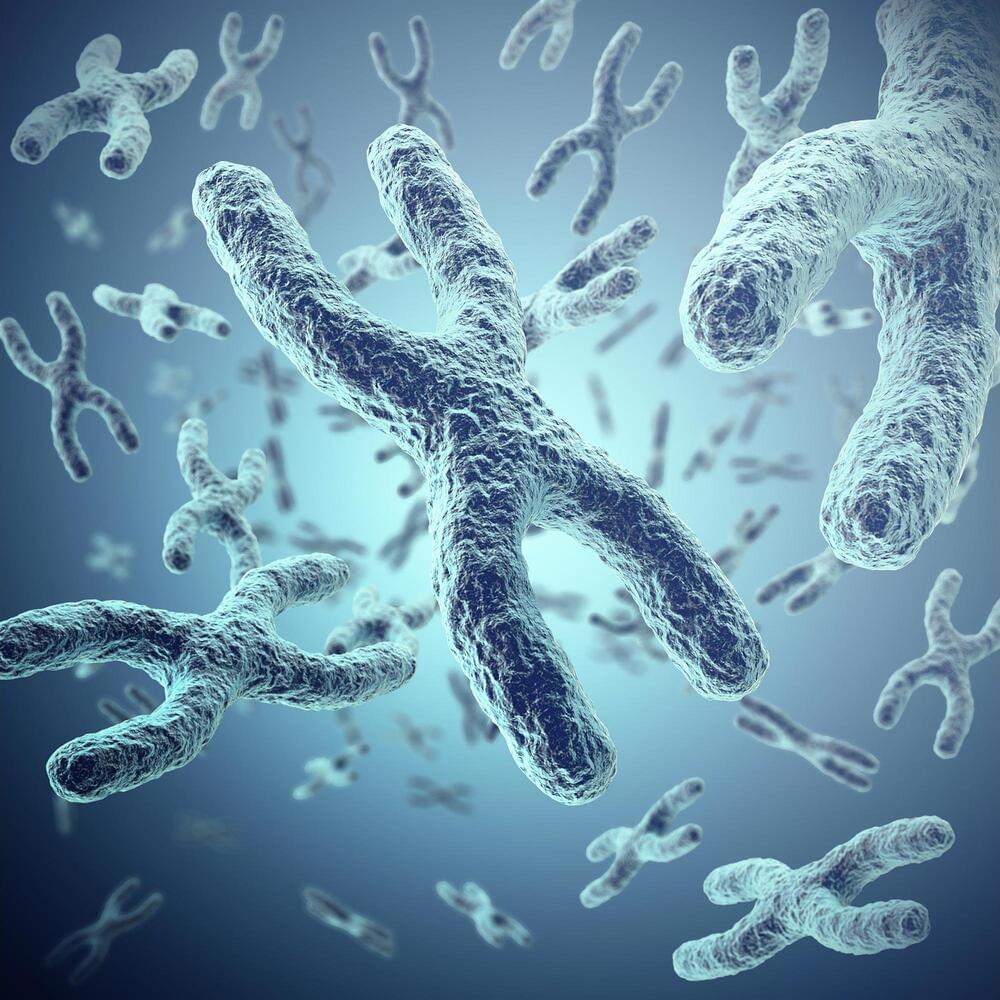Mar 30, 2024
Japanese scientists discover clue to erasing traumatic memories
Posted by Shubham Ghosh Roy in categories: innovation, neuroscience
Can light be a factor in eliminating traumatic memories? Japanese scientists found that the long-term memory of flies can be affected if they are kept in the dark. This is the first discovery of the role of environmental light on such memories. The scientists hope to extend this approach to human victims of life-affecting traumas.
Events that are shocking can become a part of our long-term memory (LTM), with new proteins synthesized and the neuronal circuits in our brain becoming altered, explains the press release from researchers at the Tokyo Metropolitan University, who made the breakthrough. These memories can be hard to erase and may lead to post-traumatic stress disorder (PTSD).
Through their research, the team led by Professor Takaomi Sakai from Tokyo Metropolitan University discovered a particular molecular mechanism in Drosophilia flies that affects LTM. To find this, they set up a trauma for male flies by placing them with females who already mated. According to the courtship conditioning paradigm, in such situations mated females stress the unmated males to such an extent that they remember the experience, unwilling to ever mate with any more females – even if they were to be exposed to those that are unmated.


















